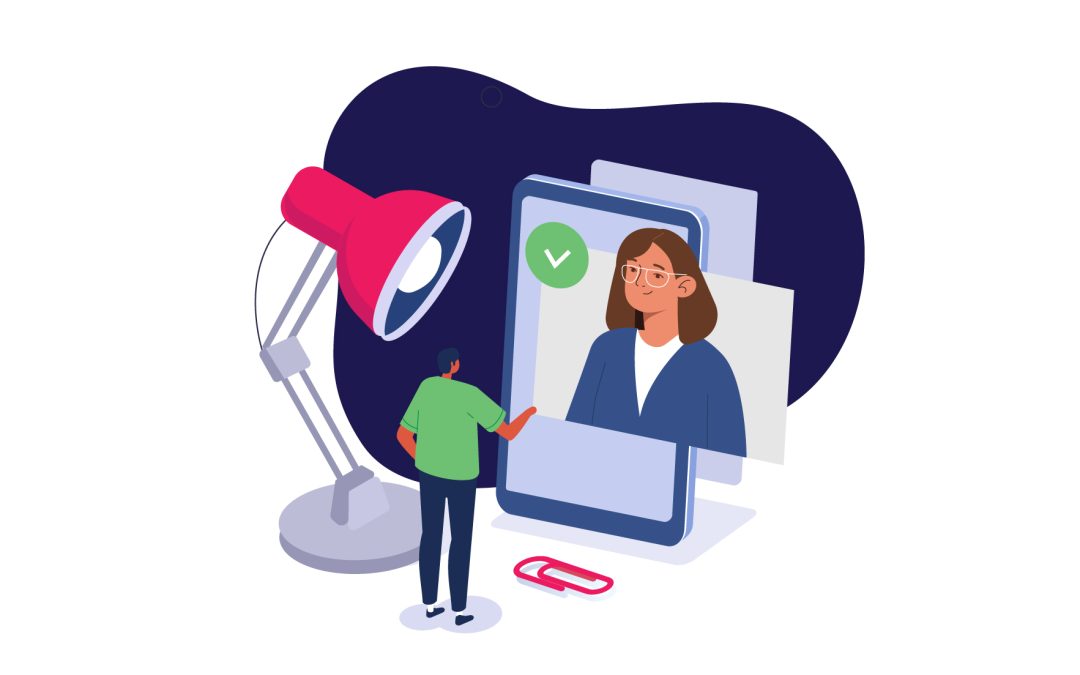In recent years, the world has seen video adopted at a rapid pace, especially due to the rise in working from home and remote meetings. However, many organisations are still lagging behind the times and haven’t adopted a video-first culture when it comes to engaging with customers and the public.
Valued customers are still sat on the phone, listening to hold music and wondering when it will be their turn to speak to an advisor. To deliver true customer engagement and gain the traction they hope for, organisations must develop a video-first culture.
To get to the bottom of why organisations should adopt a video-first culture, we must look at the options available:
Telephone
Everyone has felt the pain of a long hold to get through to a customer service representative, and then being transferred to another department and having to repeat themselves to multiple support reps. 60% of customers feel that long holds and wait times are the most frustrating parts of a customer service experience (Zendesk).
Phone calls have no option to share visual information, which can lead to a frustrating and time consuming call to solve a query or problem, and misunderstandings during the call.
Live chats
Although live chats can provide a convenient way to communicate with customers, there’s no personal element to the interaction. When dealing with certain matters, such as health and finances, customers want a more personal approach and want to feel like they are being listened to and valued, something that isn’t possible when they are communicating via a live chat, unsure if they’re talking to a real person or a bot. Providing a personal approach with customers will create a much higher customer satisfaction rate, and will solve the issue more effectively than if just using a live chat.
Face-to-face
For many, face-to-face appointments aren’t accessible. For example, people with mobility issues or busy work schedules may struggle to access face-to-face appointments, especially if a lot of travel is involved. Travelling to appointments can cause stress and be time consuming, and it can sometimes be a long wait for face-to-face appointment, which will lead to customer dissatisfaction if the matter is urgent.
The Benefits of Video Appointments
Video appointments combines the personal factor of a face-to-face appointment, with the convenience of a telephone call or live chat.
Enhanced Personal Connection: Video calling allows for face-to-face communication, which helps build a stronger personal connection and trust between the organisation and the customer, and non-verbal cues such as body language, facial expressions, and other non-verbal cues are visible, leading to better understanding and empathy in interactions.
Improved Communication and Clarity: During video calls, representatives can use visual aids, share screens, and demonstrate products or services in real-time, enhancing clarity and understanding. Furthermore, seeing the person you are communicating with can reduce misunderstandings that might arise from purely verbal communication.
Increased Engagement and Satisfaction: Video calls are more engaging than phone calls or chatbots, providing a richer, more interactive customer experience. Video calling adds a human touch to digital interactions, making customers feel valued and heard.
Convenience: a video call can be joined from a mobile, tablet, laptop or desktop computer anywhere, providing a convenient way for customers to see an advisor face-to-face. This allows for people to have their appointment wherever they want, whether it be from home or on their lunch at work.
In a study conducted about patient satisfaction when receiving consultations via video, 88% of patients agreed that a virtual consultation was more convenient for them than an in-person visit. A higher number of respondents were happy with a video consultation as opposed to a telephone consultation, and patient satisfaction was higher with video consultations in comparison to in-person visits.
Its apparent that customers are willing to use video and report high satisfaction when interacting with organisations via video, so now is time for organisations to catch up with the customer sentiment and adopt a video-first culture.

